Navigating Early Years Transitions – Activities to foster emotional well-being
As September approaches, the excitement and anxiety about the new school year begin to surface. For young children, the transition to different rooms in nurseries or to school can be a significant emotional milestone.

At this critical juncture, it’s essential for both practitioners and parents/carers to equip themselves with effective tools to support children’s emotional well-being. Yellow Door offers a range of social and emotional resources that can be invaluable during these transitions.
Here’s how you can integrate these resources into your routine to create a nurturing environment in which children feel understood, secure, and ready to learn.
Emotion Stones
Our tactile emotion stones have been developed to help children to understand emotions, how to communicate their feelings and empathise with others.
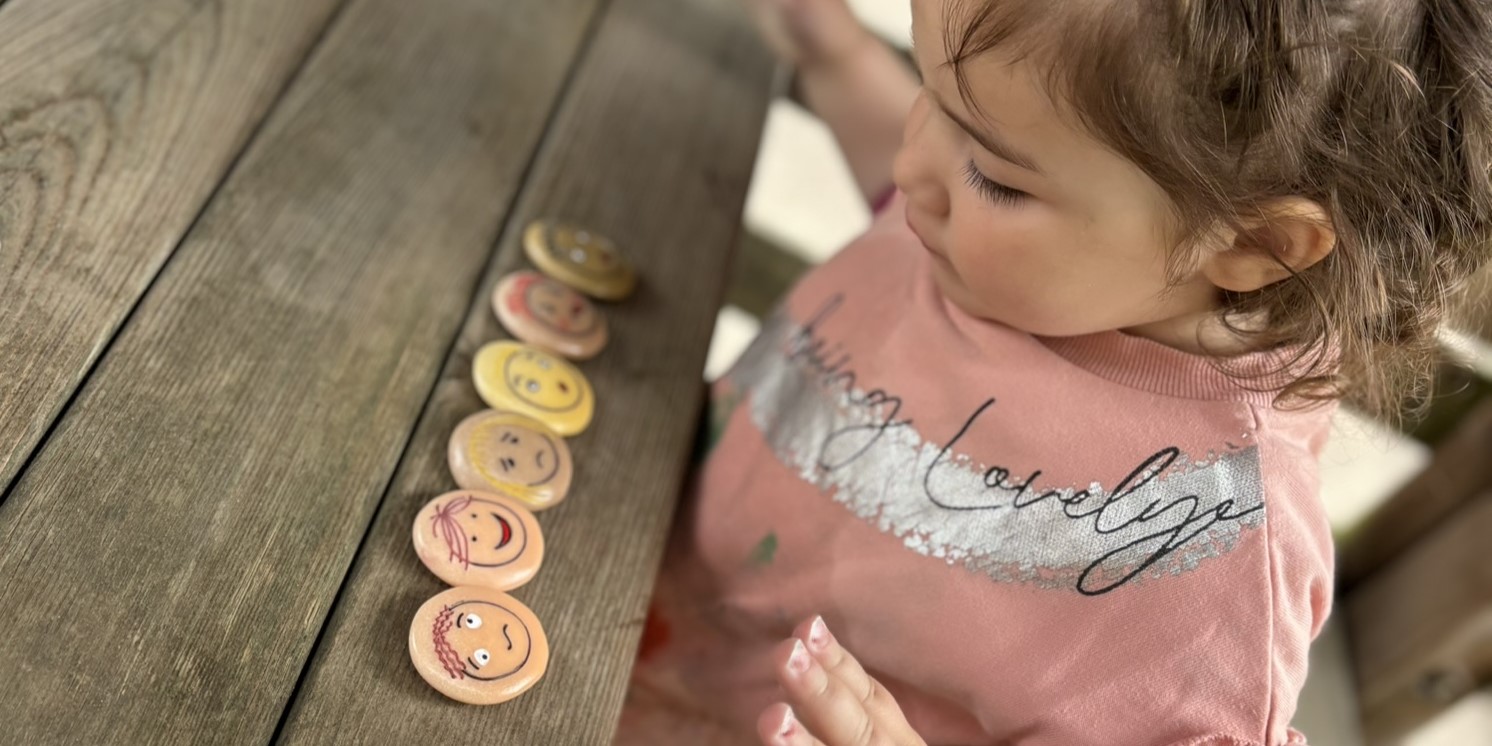
Activities
- Match Me
- Lay the stones face up and ask each child to pick one that matches how they feel. They may want to say some more about their choice, or you may want to talk with them about it later.
- Show Me!
- Lay the stones face down. Say, ‘Show me! Show me!’ and turn one of the stones over. Then ask the children to identify the emotion depicted. Can they make the same expression? Continue the game until all the stones have been turned over.
- Hide & Seek
- Sometimes we hide how we really feel… Children could search in a tray full of sand to uncover the Emotion Stones. When they find one, discuss what they see in the face: a smile, a frown, wide eyes? Can they explain what the face is feeling? Have they ever felt this way? Would they like to say more? These phrases could be helpful to use:
- I understand
- I’ve felt like that too
- Can you tell me more?
- I imagine that was hard for you/lots of fun/scary
- It’s OK to feel like that
- It’s perfectly normal to feel like that
- I can help you with that
- Shall we work it out together?
- Sometimes we hide how we really feel… Children could search in a tray full of sand to uncover the Emotion Stones. When they find one, discuss what they see in the face: a smile, a frown, wide eyes? Can they explain what the face is feeling? Have they ever felt this way? Would they like to say more? These phrases could be helpful to use:
- Let’s Play
- Bring the stones into small world play, in which they can become characters in stories. Perhaps the frightened stone is lost in the woods, or the calm stone is relaxing at the seaside.
Sensory Worry Stones
These tactile stones are designed to soothe and calm children, helping them to focus, concentrate and feel secure: key elements of productive learning.
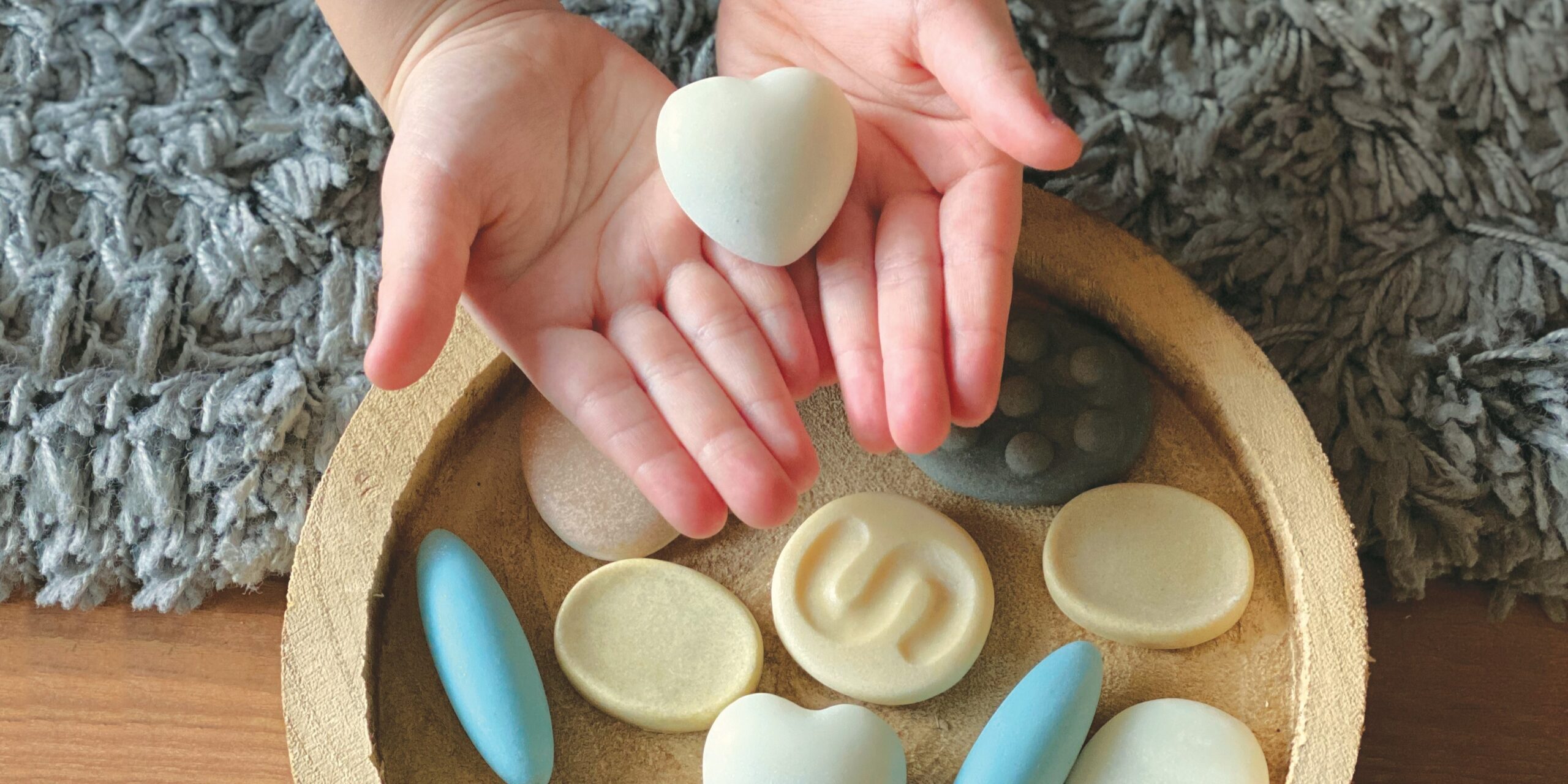
Activities
- Anxiety Relief
- Offer these stones to children who feel anxious during transitions or new experiences.
- Focus Tool
- Use worry stones during learning activities to help children remain calm and attentive.
- Mindfulness Practices
- Incorporate worry stones into mindfulness activities to enhance emotional regulation.
Roll Around – Feel Calm
These engaging rollers help promote feelings of calm and well-being, in addition to improving fine motor skills.
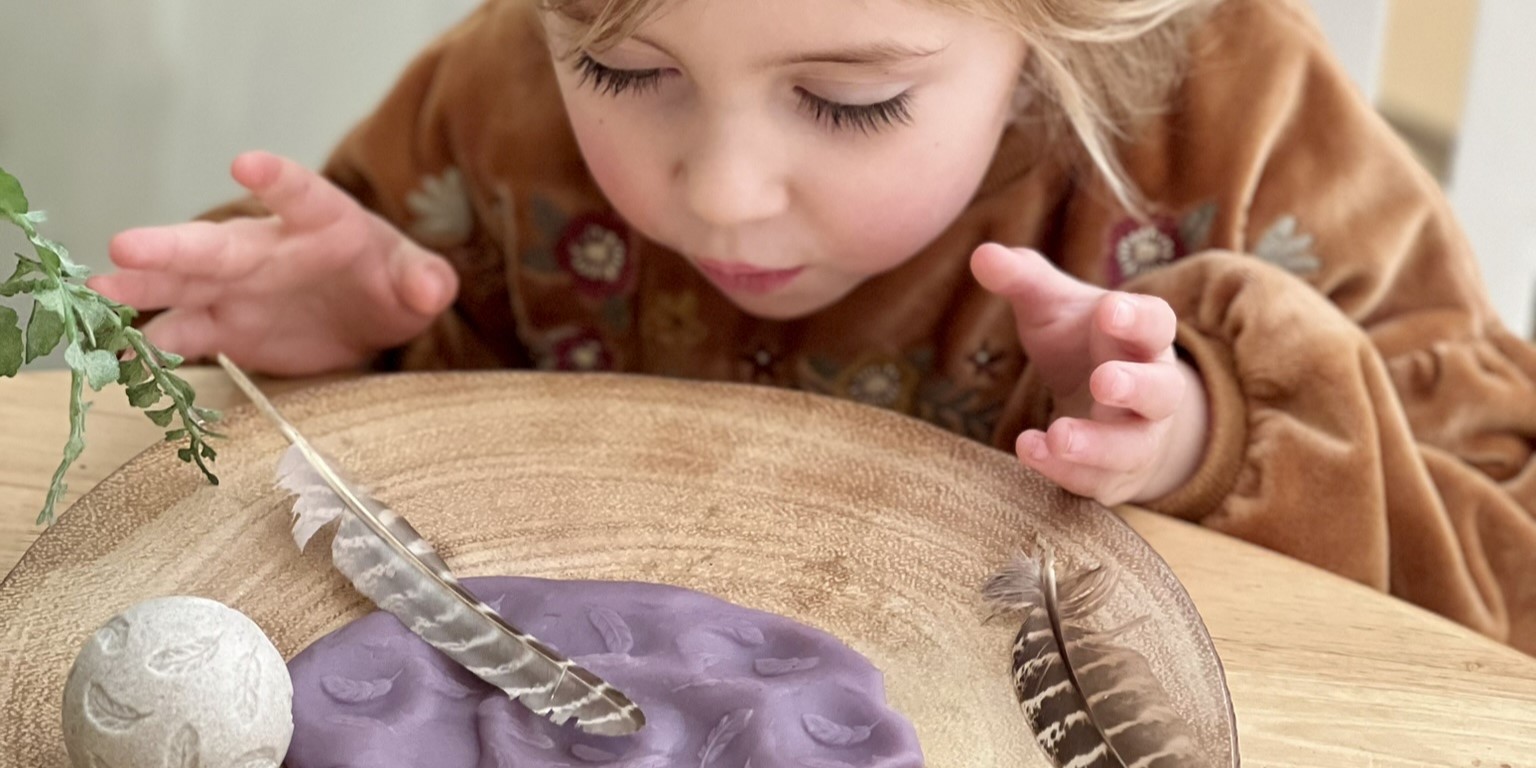
Activities
- Keep Calm and Roll On
- Children will be soothed by the rolling action, the repetitive movement and the attractive patterns that evoke a sense of calm, such as flowing water, fish swimming or floating feathers. You could set up a quiet corner or tent as a calming area, and include the rollers, play dough and a selection of other sensory resources, along with a cushion and a cuddly toy.
- Feather Breathing
- Feather breathing may help to relieve tension and calm down an anxious or upset child. You could build it into your everyday routines, perhaps after lunchtime. This will help the children learn the techniques for the next time they’re feeling anxious. Here are two methods:
- Hold a feather in front of your face. Take a deep breath and breathe out slowly, watching the feather move.
- Place a feather on your hand, take a deep breath and gently blow it into the air. How long can you keep it airborne? You can use a tissue or an imaginary feather subsequently, but use a real feather initially so the children can see what is happening
- Feather breathing may help to relieve tension and calm down an anxious or upset child. You could build it into your everyday routines, perhaps after lunchtime. This will help the children learn the techniques for the next time they’re feeling anxious. Here are two methods:
- Calming Art
- Making patterns with the rollers can inspire calming artistic creations. Use the rollers with air-drying clay. Once it is dry, seal it with a mix of PVA glue and water (80% glue to 20% water). When dry, the children can paint their patterns using poster paints.
Kindness Hearts
Made in eight shades, children will love to touch, hold and give away these attractive, tactile heart stones.
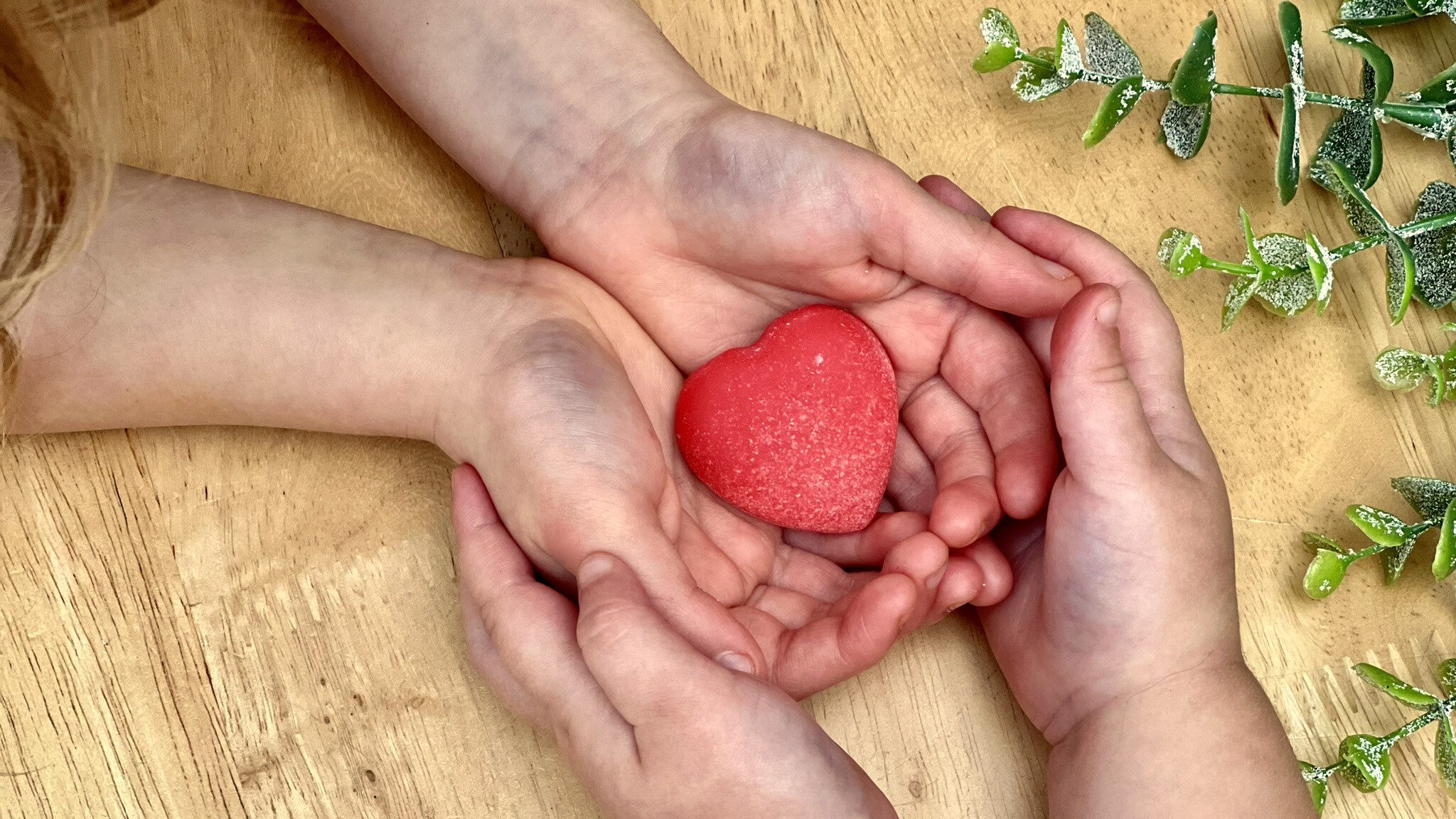
Activities
- Kindness Jar
- Place a Kindness Heart into a jar or basket when you see a child being kind. Reward the children with a celebration when the container is full.
- Words of Kindness
- Talking about kindness will develop children’s language and understanding in this area. They may enjoy holding a Kindness heart as they participate in a conversation about what kindness means and how it feels.
- Showing Kindness
- During a circle time, place a hoop in the centre. Give each child a Kindness Heart and invite them to take turns to place it in the hoop while saying what makes them happy or relating any kind acts they have seen.
Let’s Roll – Emotions
An engaging way to develop children’s emotional vocabulary as they roll into playdough to create a body and stamp a face to complete the emotion.

Activities
- Body Language
- Roll a body without stamping the face. Ask the children what emotion this might be? Are there any clues in what the body is doing or the shapes around it and on the T-shirt? Stamp the face to see if they are correct.
- Colour Matching
- Offer play dough in different colours. What colour suits which emotion? For example, children might choose red for angry, orange for excited, yellow for happy, green for calm, blue for sad, and purple for worried.
- Multisensory Experience
- Add scent to dough for an extra sensory dimension! Try using spices, herbs and oils. You could link these to the colour and the emotion they might suggest: Paprika in red dough (angry), cinnamon in orange dough (excited), vanilla extract in yellow dough (happy), rosemary in green dough (calm), chamomile in blue dough (sad) and lavender in purple dough (worried).
Finger Fidget Stones
Created to support children who need some help with focused attention, these tactile stones are ideal for occupying busy hands.
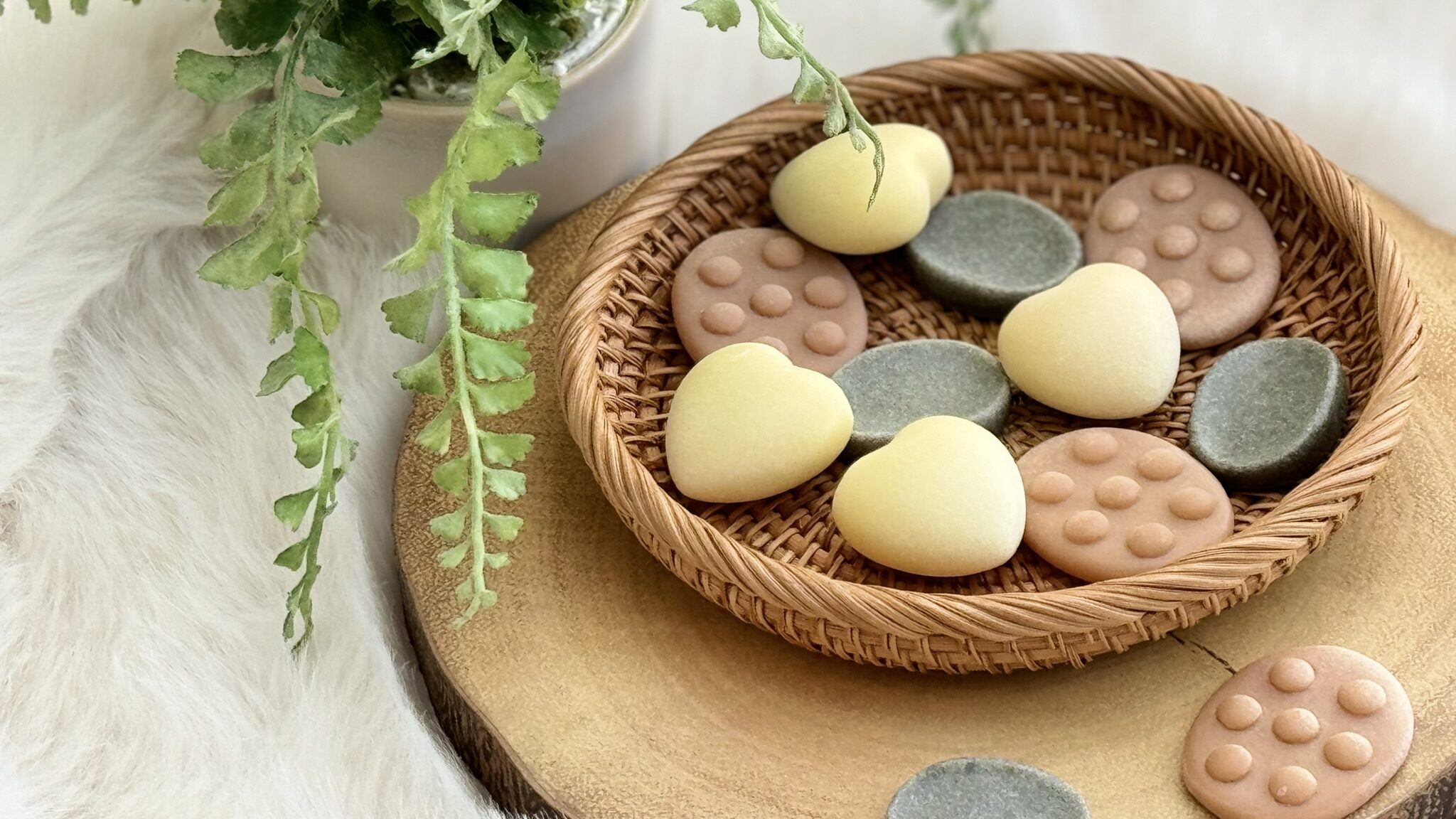
Activities
- Focus Time
- Provide fidget stones during tasks that require concentration to help children stay focused.
- Occupy Busy Hands
- During quieter times or activities, children can select a stone they think will be helpful to hold or feel to still their body and mind.

 Register/Log in
Register/Log in
 Cart
Cart
